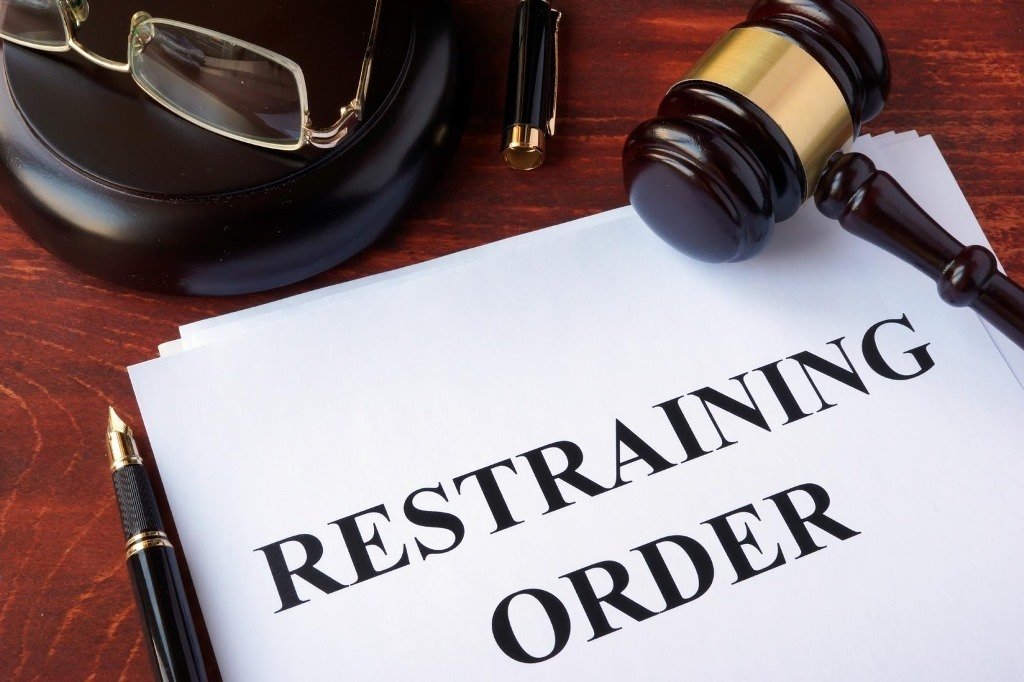
Protect Yourself: How to Get a Restraining Order Against Someone
While domestic assault is one of the main reasons for filing a restraining order, you don’t always have to be the victim of direct violence in order to protect yourself and those around you.
Personal harassment, stalking, sexual assault, and several non-criminal situations qualify for the filing of a restraining order. However, it’s still a legal process and can only be approved by a judge and official court-of-law.
To learn more about applying for a restraining order and the protection it offers, check out the rest of this blog for more.
What Exactly is a Restraining Order?
In the United States, a restraining order is also referred to as a protection order. Basically, it is a legal order issued by a judge that states that a certain person can and cannot do certain things. It, therefore, puts restrictions on their actions and whereabouts in relation to you.

Most commonly, a protection order is issued in cases of domestic abuse. But it’s also issued in non-criminal circumstances. This may include property disputes and public nuisance, or directing parties in a civil lawsuit. In a civil context, a restraining order is referred to as a temporary injunction, which can later become a permanent injunction.
In criminal circumstances, a protection order prohibits abusers, stalkers, and harassers from contacting the victim. It also restricts their movements and proximity in relation to a victim. The expertise of a criminal defense attorney can help you obtain a restraining order or injunction in half the amount of time — click here for more.
How to File a Restraining Order
In a criminal situation, a victim of violence or any other criminal activity must apply to a judge for an order that directs the behavior of the aggressor. The order must include specifics about their actions and apply for a specific protection act, such as staying away completely or backing off.
If you’re filing in state court, a notice period is necessary. However, this time-frame is usually quite short and a judge will issue a protective order almost immediately in cases of domestic violence.
What Do You Need to Prove?
In short, you need to prove that a restraining order will provide protection, and prevent imminent or continuing harm. If you’re the victim of domestic abuse, you must supply a sworn statement, including facts and instances of claims of abuse. These facts must convince a judge that you face serious or imminent harm.
A judge will usually issue a temporary protective order then and there, without notice to the defendant — also known as the object of the order. Once the defendant receives the protective order, the judge will hold a hearing to determine whether a final restraining order is necessary.
During this hearing, victims must provide evidence of their allegations. However, the more severe standard of ”beyond a reasonable doubt” does not apply. A victim only needs to prove truth of their allegations by a preponderance of the evidence.
What Type of Protection Does a Restraining Order Offer?

Most orders of protection are very specific and relate directly to your case. It includes a detailed outline of the things an abuser or defendant can and cannot do, such as:
- The defendant may not contact you — this includes in-person, over the phone, at home, at work, and anywhere else the court stipulates
- The defendant may not contact other people in your family
- The defendant must leave the dwelling that you share, even if they own the property
- You are usually granted full custody of minor children
- In some states, the defendant must pay full child support, as well as spousal support
- A defendant may be granted visitation access to children in certain circumstances, but not if they face the same threat of abuse
- In some states, the defendant must pay for the costs associated with abuse, i.e. medical treatment, dental treatment, unpaid household bills, loss of income, moving costs
- In some instances, the defendant must also pay for a victim’s attorney fees and other damages
- The defendant can only remove their personal items from a shared dwelling with a police escort
- A defendant is usually ordered to receive professional counseling for domestic abuse or receive an assessment by the AA
Ultimately, the judge that issued the protective order has the power, under the law, to order anything else against the defendant in order to protect the victim. However, the victim must first agree to each new stipulation on the protective order.
What is the Duration of a Restraining Order?
It’s important to bear in mind that restraining orders are not endless. They are usually bound by a time limit that is set by the judge. However, you can extend a final order, if necessary. Essentially, this makes the protective order or injunction permanent.
You can also modify a final order after a certain period of time. But this must be closely discussed with the judge who must agree to the new terms of the order.
What To Do if a Restraining Order is Violated?
As soon as an abuser violates any part of a protective order, it’s important to contact the police right away. In criminal cases, such as domestic abuse, stalking, or harassment, this is especially important.

Local police sign a criminal complaint validating that the order has been violated. This puts the abuser in contempt of court, and they could face severe consequences.
Find Daily Inspiration Just a Click Away
Filing a restraining order is never a pleasant experience. It’s something that should be done after plenty of consideration, especially if there are young children involved. But if your personal safety is in jeopardy, a protective order is your best choice.
If you’re looking for something a little more light-hearted, this blog offers articles on all things lifestyle, home décor, travel, fashion, and more. Explore our site at your leisure and find the day-to-day inspiration you need.




